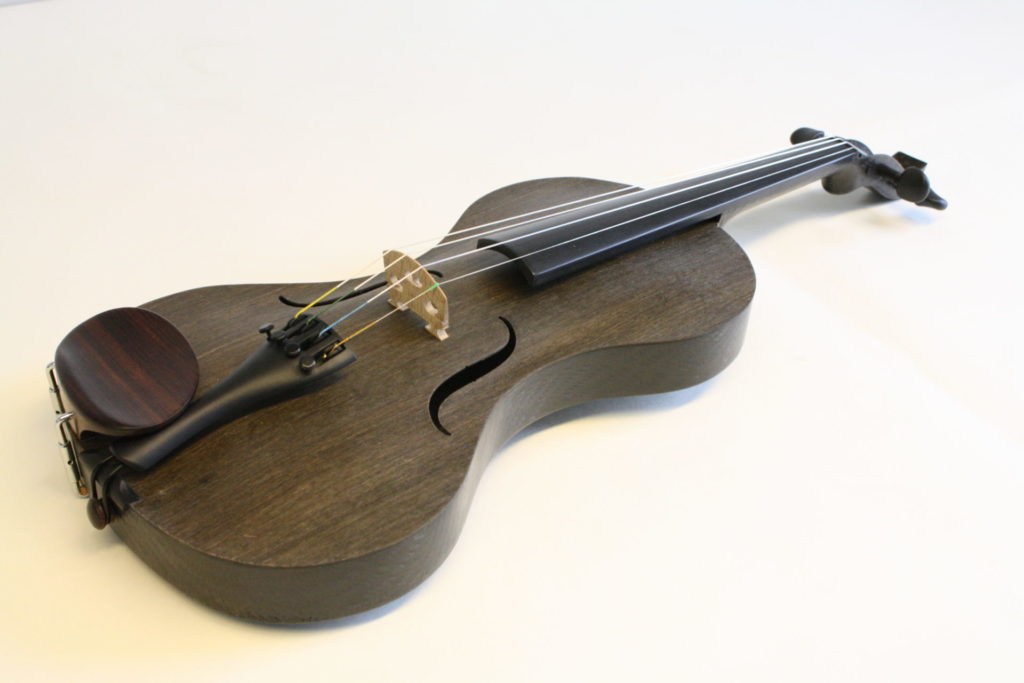A Ghent university researcher has produced violins made of modern materials that musical experts couldn’t distinguish from the traditional article.
Tim Duerinck is an instrument builder and researcher at the university’s department of art, music and theatre science. Some years ago his masters thesis consisted of building a cello out of polystyrene. The instrument was a major first, but the material didn’t last.
Now, he has entered the world of modern composite materials – materials made up of a combination of different substances – to see how well they performed in comparison with the wood used traditionally to make the finest stringed instruments.
“Stringed instruments are traditionally made of wood,” he said. “The soundboard - the most important part of the instrument, under the strings - typically uses a certain type of pine wood. I was curious to see if you could achieve an equal sound with other materials.”
Duerinck chose to use different combinations of carbon and flax fibre to construct five violins, identical in every other way, to see how the material used would affect the sound quality.
“By combining different materials into what we call composites, you can create materials with completely new properties,” explained Professor Wim Van Paepegem of the Materials, Textiles and Chemical Processes department, who collaborated in the research. “You often literally combine the best of two or more worlds.”
The composites have the advantage of lightness and strength, compared to the pine wood normally used in the making of a violin.
“It often happens that a wooden violin is damaged during transport, or that the sound changes under the influence of moisture or heat," Duerinck explained.
"With composite materials you can build sturdy and reliable instruments that are much less climate sensitive and can take a beating. Moreover, in contrast to wooden violins, you can partly automate production and easily make 'copies' of the same instrument, with the same properties.”
However, none of that would be of any importance if the new materials were unable to produce a sound equal to or better than the old – and for that, the only useful test is the human ear.
So Duerinck arranged for a double-blind test, similar to the kind of test used in scientific experiments, where neither the experimenter not the test subject knows whether the substance to be tested is real or a placebo.
A violinist would be blindfolded and given an instrument to play for a jury of musical experts, from behind a screen. The musician would be unable to identify the instrument, and the jury would not know what instrument was being played. To introduce an element of daring, one of the instruments was played twice to see if the jury could tell.
In the end, “opinions differed about which violin had the best sound,” the university said in a press release.
“Both the carbon fibre and flax fibre violins had instruments that scored well. As expected, the violin with wooden soundboard scored well, but not significantly better than the composite instruments.”
Almost as important was the fact that when asked what characteristics make up the sound of the perfect violin, opinions differed widely – involving some combination of roundness, clarity, warmth or richness.
“Composite violins will never replace wooden violins - that's not the point,” Duerinck said.
“But they can be an enormous enrichment to the sound palette. By playing with the materials, it should in principle be possible to adjust the sound to the individual preference of the musician. And composers could also be inspired by the new possibilities. So maybe it's only a matter of time before we can listen to the first flax fibre violin concerto.”
Alan Hope
The Brussels Times

